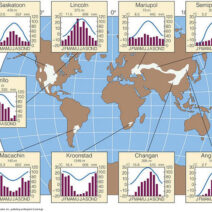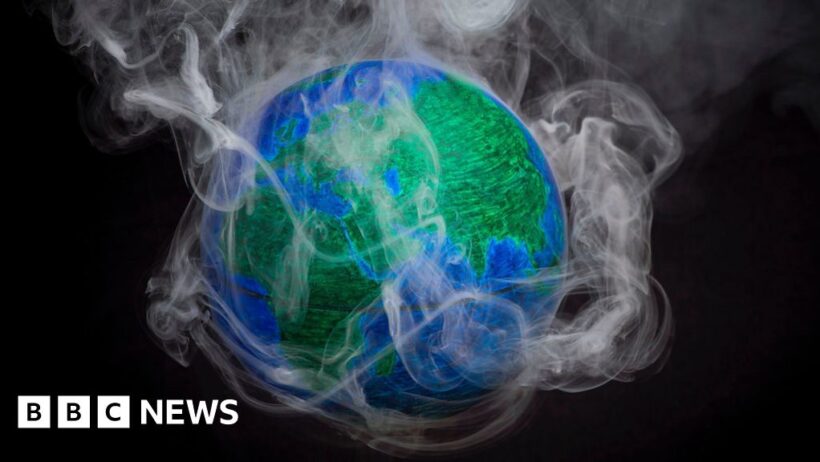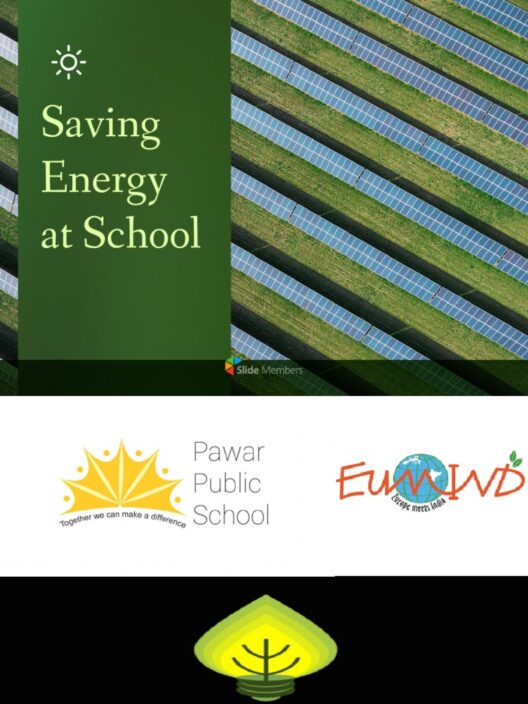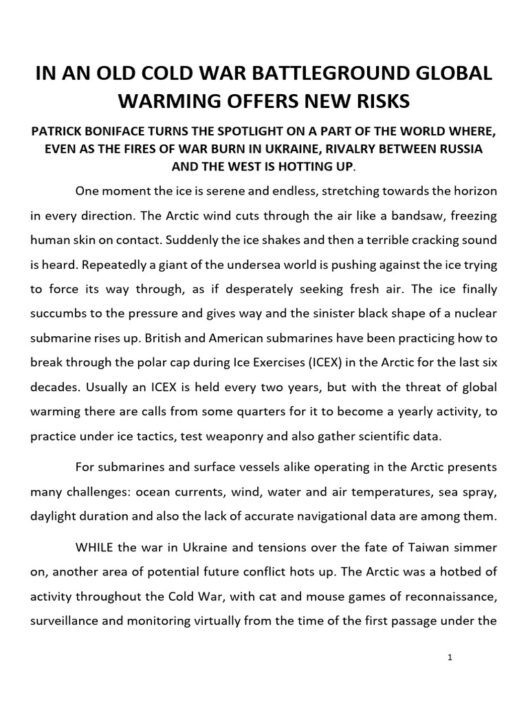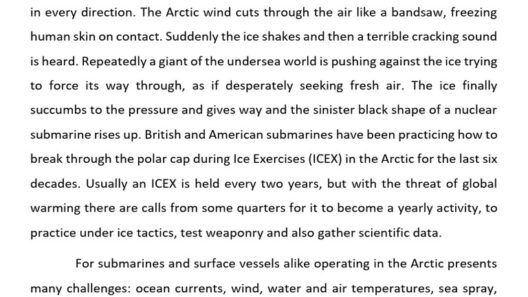As our planet continues to change, the phrase “global warming” has become increasingly ubiquitous in public discourse. It captures not only an alarming reality but also a potent fear of an uncertain future. To understand what global warming means for us right now, we must delve into various interconnected factors, including its causes, consequences, and the societal shifts required to adapt to this new paradigm.
Firstly, global warming is primarily driven by human activities, particularly the burning of fossil fuels and deforestation. These actions release substantial amounts of greenhouse gases (GHGs) such as carbon dioxide, methane, and nitrous oxide into the atmosphere. These gases act like a blanket, trapping heat that would otherwise escape into space. The result? A steady increase in Earth’s average temperature, which has risen by approximately 1.2 degrees Celsius since the late 19th century. While this may seem trivial, it has far-reaching implications.
A common observation among climate scientists is the increasing frequency and severity of extreme weather events. Heatwaves, hurricanes, and wildfires are far from anomalies; they have grown more intense due to the destabilization of climate patterns. For instance, the intensity of hurricanes is exacerbated by warmer ocean temperatures. These storms not only wreak havoc in coastal communities but also lead to economic detriment, as rebuilding efforts become a burden on government resources and individual livelihoods. Climate disasters are no longer confined to marginal regions—they are felt globally.
Beyond immediate physical impacts, global warming is generating profound socio-economic changes. Agriculture, a cornerstone of human civilization, is undergoing seismic shifts because of fluctuating weather patterns. Droughts in some regions and excessive precipitation in others disrupt traditional farming practices. Crop yield variability threatens food security, demanding adaptive strategies such as the cultivation of climate-resilient crops or the adoption of advanced agricultural technologies. In regions that were once fertile, entire communities face existential threats as desertification encroaches.
Moreover, the ramifications of global warming are not equitably distributed. Vulnerable populations, often in developing nations, bear the brunt of climate change, despite contributing minimally to its causation. This adds layers to the concept of climate justice, emphasizing that those least responsible for GHG emissions are disproportionately affected by their consequences. The resulting socio-political tensions can lead to displacement and migration, as people flee uninhabitable regions in search of stability—dynamics that reshape cultural and national identities.
Public discourse around global warming often suggests a growing fascination with our planet’s future. This intrigue is not merely academic; it translates into a broad spectrum of behavioral change. Individuals and communities are increasingly adopting sustainable practices, such as reducing carbon footprints through plant-based diets, the use of public transportation, and conservation efforts. This grassroots action is essential; personal commitments are indispensable in the collective endeavor to mitigate climate change.
Additionally, technological innovation offers pathways to alleviate some impacts of global warming. Renewable energy sources, such as solar and wind power, are heralded as pivotal solutions. These technologies not only reduce our dependence on fossil fuels but also foster economic growth through the creation of green jobs. Transitioning to a sustainable energy infrastructure represents an opportunity for societal shifts—encouraging an informed populace to advocate for systemic change and sustainable policies.
Moreover, conservation efforts play a crucial role in combating the adverse effects of global warming. Protecting ecosystems—be it forests, wetlands, or oceans—is paramount in maintaining biodiversity, which acts as a buffer against climate-related shocks. Restoration initiatives that reintroduce native species or restore natural habitats enhance resilience, providing a multifaceted approach to addressing both climate change and ecological degradation.
The role of education cannot be overlooked in our understanding and response to global warming. Comprehensive environmental education equips individuals—especially the younger generations—with the knowledge needed to navigate the complexities of climate change. This culminates in informed citizens who can engage in meaningful dialogue and influence decision-making at various levels. The ramifications of educating a well-informed public extend into policy advocacy, as communities rally for environmental protection and accountability from governing bodies.
In summation, global warming encapsulates both a pressing crisis and an intricate tapestry of interrelated challenges. As Earth’s temperature continues to rise, it catalyzes a cascade of effects that permeate all facets of human existence—from weather patterns to food security, social equity to technological advancement. While the task of addressing these issues may seem daunting, it is essential to acknowledge that proactive measures can lead to transformative changes in society. Actions taken today will shape not only our environment but also the future of generations to come. Recognizing the complexity of global warming provides us the impetus we need to forge a more sustainable, equitable world.
